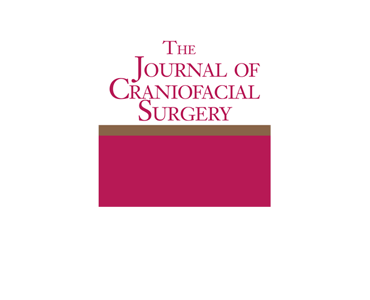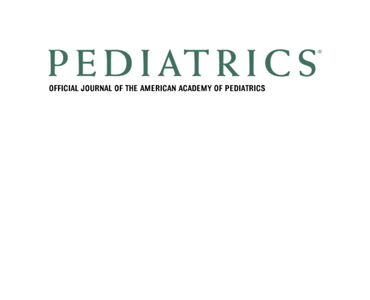A 3D Follow-Up Study of Cranial Asymmetry from Early Infancy to Toddler Age after Preterm versus Term Birth. AM Launonen, H Aarnivala, P Kyteas, et al.
Date: October 2019. Source: Journal of Clinical Medicine 2019, 8, 1665; doi:10.3390/jcm8101665. Abstract: : Preterm infants are at higher risk for both symmetrical and asymmetrical head molding. This study involved 3D stereophotogrammetry to assess the cranial growth, molding, and incidence of deformational plagiocephaly (DP) in preterm children compared to term born children. Thirty-four preterm infants…









